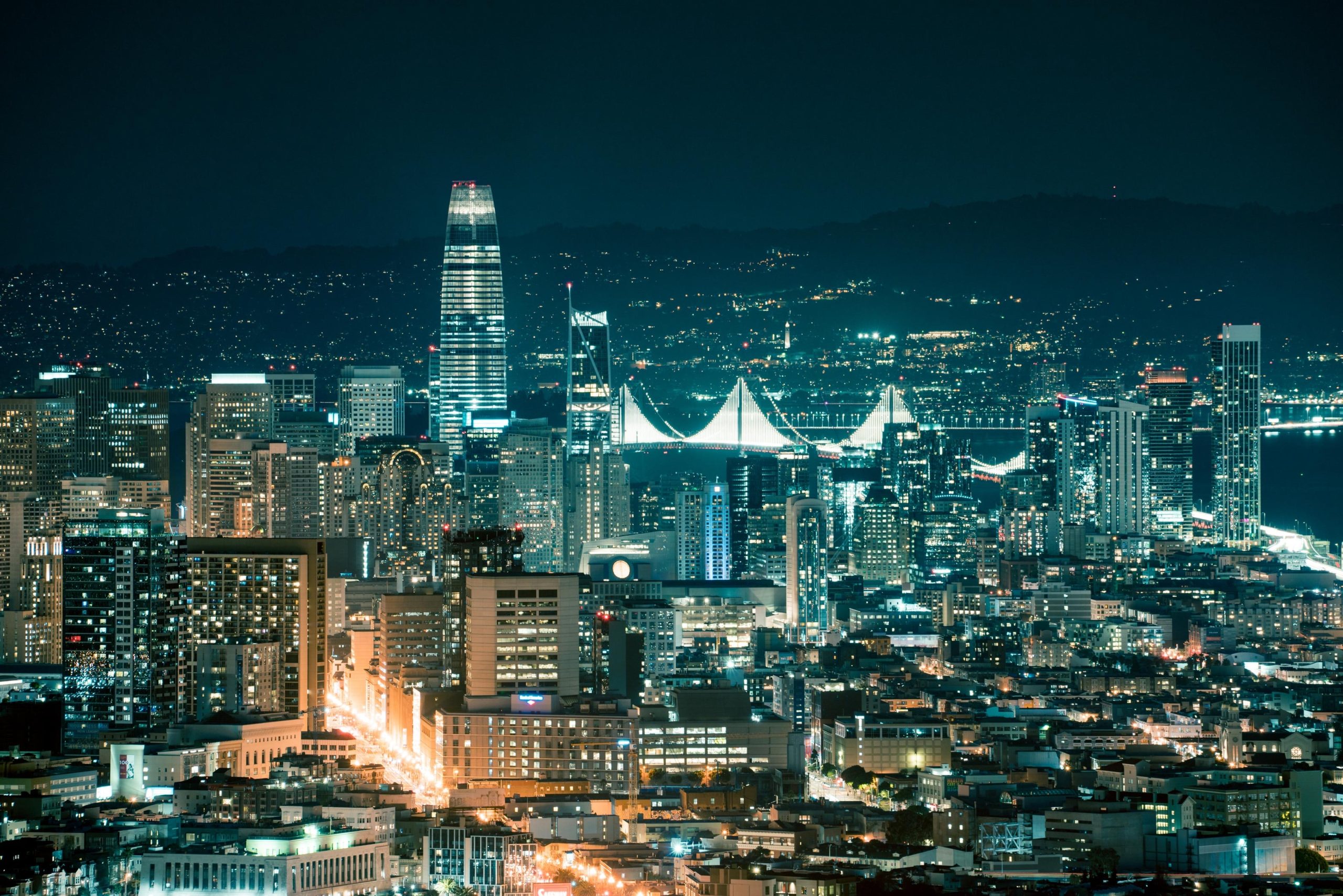Several types of light trespassing and glare, as well as the sky glow and light clutter, cause photo pollution. It is possible for a single source of light to pollute the environment in many ways. Here’s how to tell which type of light pollution you’re looking at.
First Offense Of Minor Trespass
Spill light, or light trespass, occurs when ever a light fixture shines beyond the property line and illuminates other homes, businesses, as well as areas without the owner’s permission. When it comes to light pollution, spill light is the most arbitrary because there are no established rules for determining when, where, and how much light to avoid. If you have a window that lets light in from the street, you’re likely to see the light spilling into your bedroom. If you have outdoor wall lights which also direct led light toward the sky instead of toward the ground, you’re likely to see the light spilling into your yard.
A glare is a visual sensation that occurs when the amount of stray light with in visual field exceeds the amount of light the eyes are accustomed to seeing. The contrast, colour perception, & visual performance can all be harmed by glare, depending on its intensity.
If you’ve ever been annoyed by someone’s glare, you’ve probably experienced discomfort glare. It’s called psychological glare when the lighting is irritating or upsetting, but it doesn’t impair vision or cause any physical discomfort. Trying to install a light dimmer to dim recessed lights, for example, can help reduce glare in the home.
Vying with the term “disability glare,” the phenomenon of stray light scattering in the eye causes a veil to form over the retina, impairing one’s ability to see clearly. The reduction of contrast, colour, and spatial perception that occurs when glare is obscured by a hood or other covering can make driving dangerous. Drivers in their 60s and 70s are more likely to suffer from disability glare.

Dazzle, or absolute glare, occurs whenever a light source completely obscures the range of view, making it impossible to see anything other than the light source. After the incident, visual performance may be affected for some time.
Natural or man-made sources contribute to sky glow, but poorly designed but also targeted florescent lighting are now the primary culprit. Light emitted directly into to the atmosphere, either by accident or design, creates a dome-like orange colour that covers its night sky when it is scattered by gas clouds molecules. It’s difficult to see celestial objects, even with a telescope, because the brightness makes it difficult to distinguish between both the stars and thus the galaxies. Moonlight polarisation is affected by light domes, which nocturnal animals rely on for navigation.
They can come in all sorts of sizes, from large domes over major cities to smaller domes above over-lit commercial areas or sports complexes. Glow domes are a common sight in cities and towns around the world. Sky glow can be amplified by cloud cover, snow, trees, and also the amount of dust and gas particles in the atmosphere.
Artificial sky glow from large cities can be seen up to 200 miles away in national parks, according the National Park Service. For example, in Nevada’s Great Basin National Park, situated 295 miles west of Las Vegas, and in California’s Death Valley National Park, situated 118 miles west of the city, the flashing lights of Las Vegas can be seen. Even in Utah’s Bryce Canyon National Park, which is over 260 kilometers north of the city and is known as being one of the darkest locations in North America, the lights can be seen.
Light clutter is really the excessive confederation of big lights that creates confusion and distracts from oncoming or nearby objects.. Roads surrounded by street lights as well as brightly lit adverts or signs are cluttered with light. Because it interferes with traffic but rather navigation signals, this is a dangerous situation for drivers and pilots. Light trespass, glare, or sky glow are all types of light pollution that are exacerbated by clutter.

